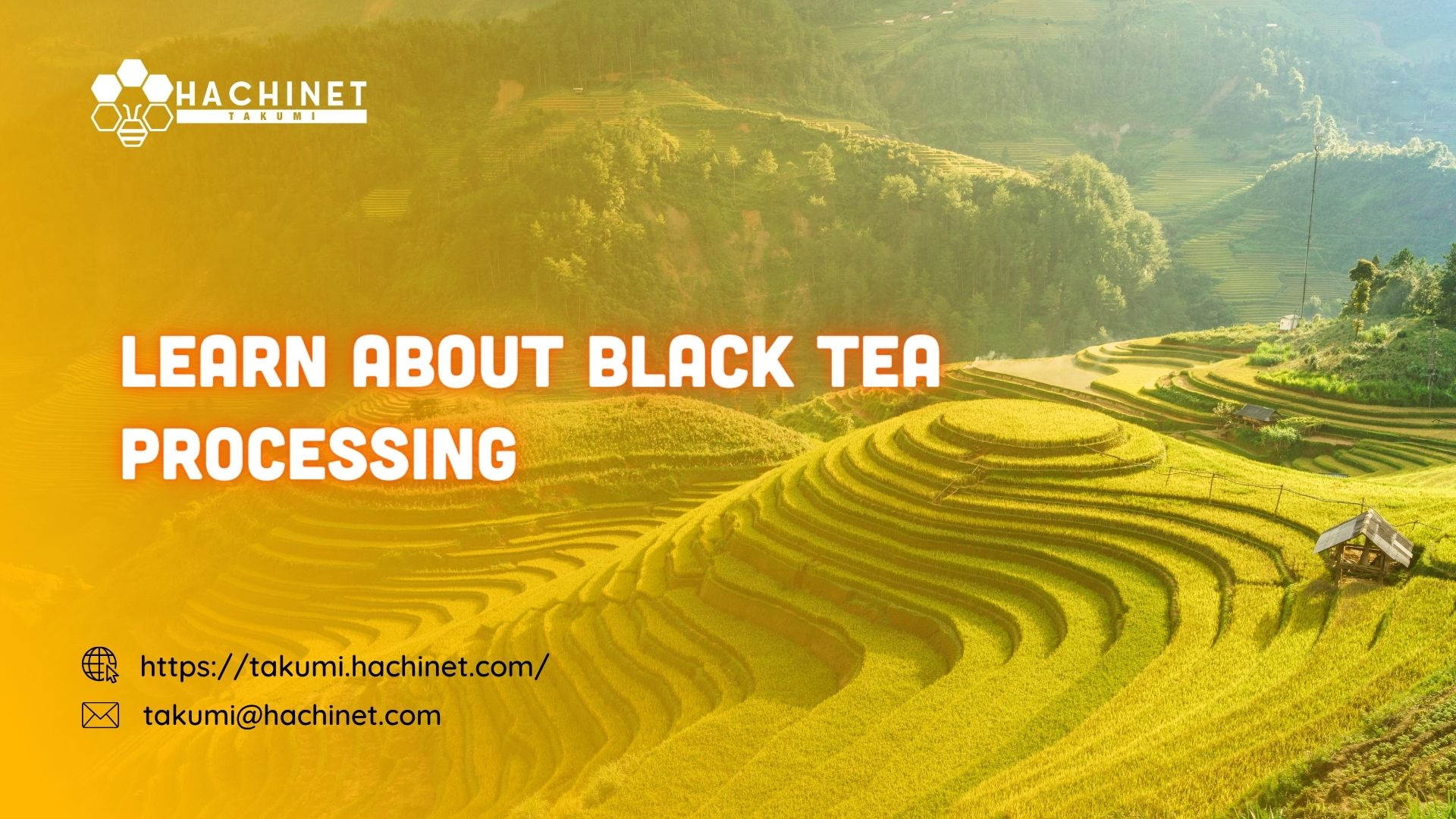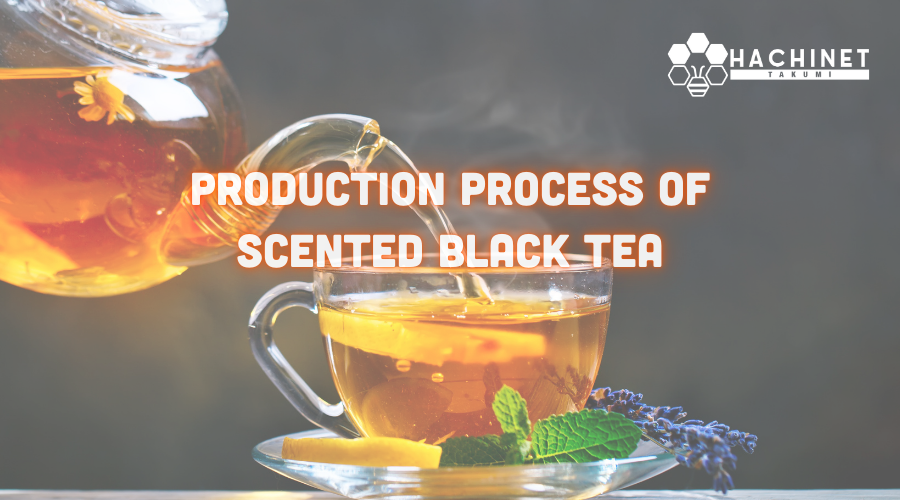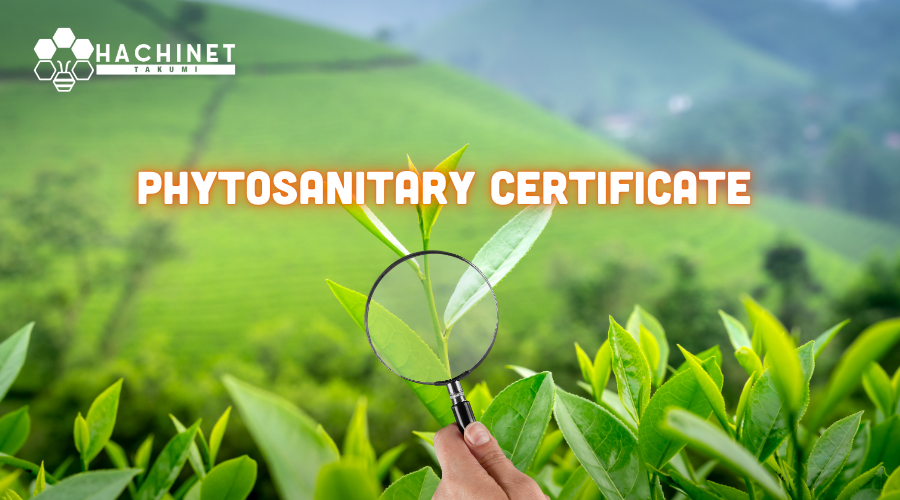Learn about Black Tea Processing

Tea has long been cherished for its diverse flavors, soothing aromas, and numerous health benefits. Among the various types of tea, black tea stands out for its robust flavor and deep color. The journey from fresh tea leaves to the delightful black tea in your cup involves a meticulous and fascinating process. In this blog post, we will delve into the intricate world of black tea processing, exploring each step and the artistry behind this ancient tradition.
Harvesting the Tea Leaves
The timing of tea leaf harvesting is crucial for achieving the desired flavor. Young tea leaves and buds are often plucked by hand during the flush season, ensuring a delicate and nuanced taste in the final product. The first flush, which occurs in spring, is highly prized for its fresh and vibrant character.
Withering Process
Once harvested, the tea leaves undergo the withering process. This step involves laying out the leaves to allow moisture to evaporate, reducing their water content. Withering can take place naturally, where leaves are spread outdoors, or it may be facilitated in controlled indoor environments. The goal is to prepare the leaves for the subsequent stages of processing.
Necessary conditions for good wilting are:
- Air humidity: 60 - 70%
- Air temperature: 44 - 45o C
- Wilting time: 3 - 4 hours
Rubbing process
Water-soluble substances in cells, especially catechins, in order to carry out the oxidation process under the influence of enzymes Polyphenoxlase and Peroxidase, must have access to oxygen, so it is necessary to break down the cell envelope and membrane to transfer enzymes as their substrates to the leaf surface. In addition, due to the rubbing process, the dissolved substances will enter the hot water better and faster when brewing tea, and the volume of the tea mass will also decrease. The crumpling process needs to achieve cell contusion of 70 - 75%. Depending on the scale of production, each jar weighs from 120 - 160kg. Rub 3 times. Each kneading time is 45 minutes, temperature 22-240 C, air humidity 90-92%.
The classification process between rubbing times aims to separate the small portion of tea that is strong enough to crush cells from the mass of crushed tea, creating ventilation conditions to reduce temperature and create new physical and mechanical properties for the next crushing process. be favorable.
After sorting through the sieve that meets the standards for size and cell crushing, the tea will be spread into a layer 4 - 5 cm thick and sent to the fermentation process.
Oxidation
Oxidation is a defining characteristic of black tea. The rolled leaves are spread out in a controlled environment to react with the oxygen in the air. This chemical reaction transforms the green leaves into a rich, dark color, intensifying the flavor and aroma. The duration of oxidation varies, influencing the tea's strength and complexity.
Fermentation
Fermentation, often confused with oxidation, is another essential step in black tea processing. This stage enhances the flavor profile and aroma. The tea leaves are subjected to heat to halt the oxidation process, preserving the desired characteristics. The level of fermentation can be adjusted to create different types of black tea, such as light or fully fermented varieties.
Drying
After fermentation, the tea leaves are dried to remove any remaining moisture. This step helps to stabilize the tea, ensuring it retains its quality during storage and transportation. Drying can be done through traditional methods like sun drying or modern techniques involving ovens or hot air.
Tea sifting stage
Tea sieves come in two different forms:
- Tea fibers are left intact and curled, called traditional tea or OTD tea (Orthodox tea - OTD tea): After screening and classification during the refining process, it is divided into many types depending on the quality of tea such as OP (Orange tea). Pekoe), P(Pekoe), PS (Pekoe Shouchong), BOP (Brokon orange Pekoe), BP (Broken Pekoe), BPS (Brokon Pekoe Shouchong), F (Faning S), Dust, quality from high to low according to principle Raw materials from young buds, banh chung leaves, old leaves.
- Tea fibers cut into small pieces, called CTC tea (Crushing = grinding; Tearing = tearing; Curling = twisting): Taste and aroma like OTD black tea but brewed quickly, convenient to use, very popular in industrialized countries. For tea varieties belonging to the shan tea variety (with good internal substances: TB14, LĐ97), due to the large weight of the buds, they can be processed according to the CTC technology process to overcome the appearance of large stems in the processing process. OTD.
Packaging and Distribution
The journey of black tea concludes with packaging and distribution. The packaged tea is ready to be enjoyed by tea enthusiasts worldwide. The packaging not only protects the tea but also influences the overall presentation and appeal.
The art of processing black tea is a harmonious blend of tradition, science, and craftsmanship. From the careful cultivation of tea plants to the meticulous sorting of the final product, each step plays a crucial role in shaping the unique characteristics of black tea. The next time you savor a cup of this aromatic beverage, take a moment to appreciate the centuries-old process that transforms simple tea leaves into a complex and delightful indulgence.







